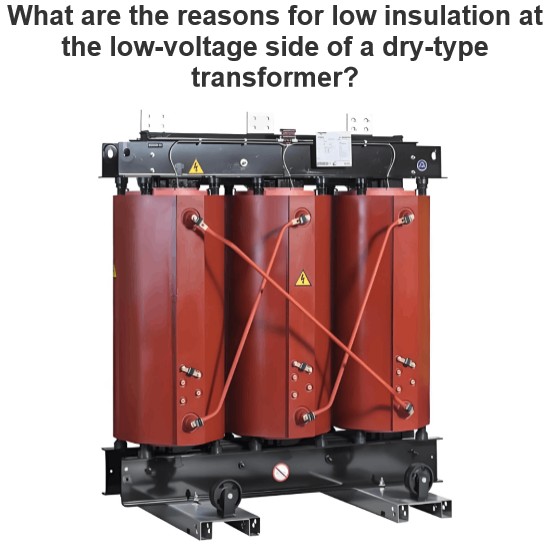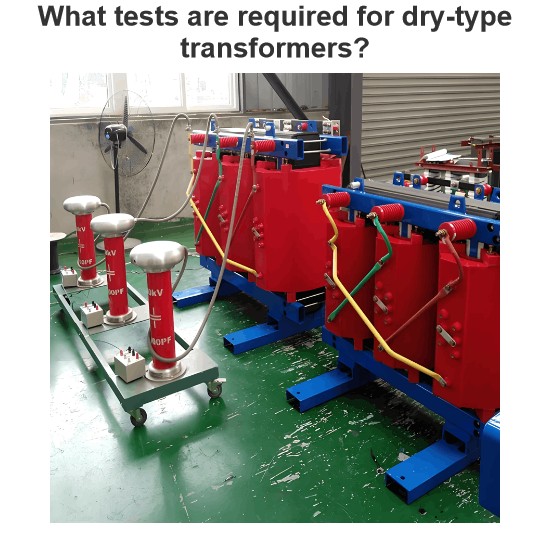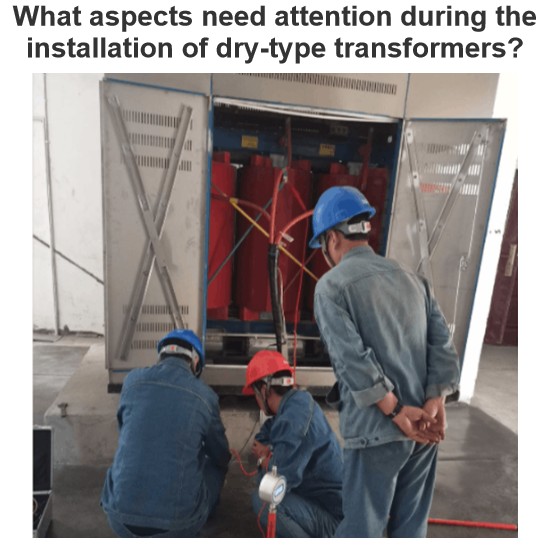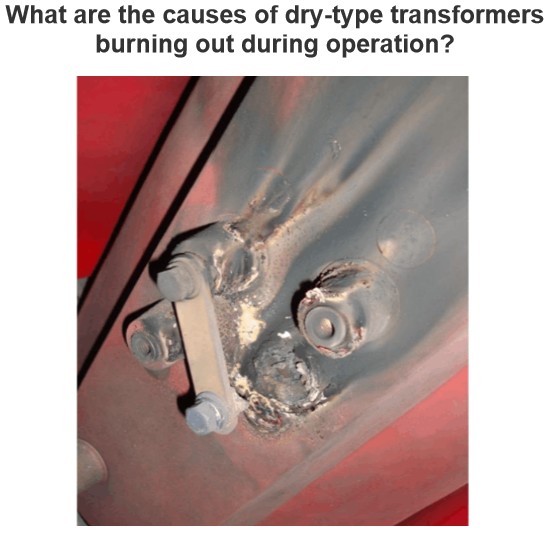How can we increase the dielectric strength of transformer oil?
How to Improve the Dielectric Strength of Transformer Oil
Enhancing the dielectric strength of transformer oil is crucial for ensuring the safe and reliable operation of transformers. Dielectric strength refers to the maximum electric field intensity an insulating material can withstand before it breaks down. The dielectric strength of transformer oil is influenced by various factors, including the quality of the oil, impurity content, moisture, temperature, and more. Below are several effective methods to improve the dielectric strength of transformer oil:
1. Remove Moisture
Principle: Moisture is one of the primary factors that reduce the dielectric strength of transformer oil. Water molecules can form conductive paths under the influence of an electric field, leading to a decrease in breakdown voltage.
Methods:
Vacuum Dehydration: Use vacuum treatment to evaporate moisture from the oil. Vacuum dehydration equipment can effectively remove moisture at lower temperatures, preventing damage to the oil's chemical properties.
Adsorbent Dehydration: Use desiccants (such as silica gel or activated alumina) to absorb moisture from the oil. These desiccants can be placed in the oil circulation system to continuously absorb moisture.
2. Remove Impurities and Particulates
Principle: Solid particles in the oil (such as metal shavings, fibers, and dust) can lower its dielectric strength because they can become points of electric field concentration, accelerating the breakdown process.
Methods:
Filtration: Use high-efficiency filter elements to remove solid particles from the oil. Filter element pore sizes should be selected based on particle size, typically ranging from 5 to 10 microns.
Centrifugal Separation: Use centrifuges to separate heavy impurities and sediment from the oil, especially useful for removing larger particles.
3. Remove Gases
Principle: Dissolved gases in the oil (such as air, oxygen, and nitrogen) can form bubbles under the influence of an electric field. Bubbles have a much lower dielectric constant than oil, leading to localized discharges and eventual breakdown.
Methods:
Vacuum Degassing: Use vacuum treatment to remove dissolved gases from the oil. Vacuum degassing equipment can operate at low pressures to allow gases to escape from the oil, thereby improving its dielectric strength.
Thermal Treatment: Heating the oil can accelerate the release of gases, but it is important to control the temperature to avoid oil degradation or decomposition.
4. Maintain Oil Cleanliness
Principle: Contaminants in the oil (such as metal ions, acidic substances, and oxidation products) can reduce its dielectric strength and accelerate the aging process.
Methods:
Regular Sampling and Testing: Conduct regular sampling and analysis of the oil to monitor its physical and chemical properties. Common tests include moisture content, acid value, and dielectric strength.
Oil Regeneration: For severely aged oil, use oil regeneration techniques to restore its performance. Oil regeneration includes both physical purification (such as filtration, dehydration, and degassing) and chemical purification (such as adsorption and chemical treatment) to remove harmful substances.
5. Control Temperature
Principle: Higher temperatures can reduce the viscosity of the oil, accelerate the diffusion and aggregation of impurities, and promote oil aging and decomposition, all of which lower its dielectric strength.
Methods:
Cooling Systems: Install effective cooling systems to maintain the transformer oil within a reasonable temperature range. Common cooling methods include air-cooling, water-cooling, and forced oil circulation cooling.
Avoid Overheating: Prevent overloading of the transformer to avoid excessive oil temperatures. High oil temperatures not only reduce dielectric strength but also shorten the oil's lifespan.
6. Use High-Quality Transformer Oil
Principle: Different types of transformer oils have varying dielectric strengths and resistance to aging. Selecting high-quality transformer oil can significantly improve its dielectric strength and extend its service life.
Methods:
Choose Suitable Oil Type: Based on the specific application and operating environment of the transformer, select the appropriate type of transformer oil. For example, mineral oil, synthetic ester oil, and silicone oil each have their own advantages and are suitable for different applications.
Add Antioxidants: Some transformer oils contain antioxidants that can slow down the aging process, helping to maintain their dielectric strength.
7. Prevent Oil Aging
Principle: Over time, transformer oil undergoes oxidation, decomposition, and other aging processes, which can reduce its dielectric strength. Aging products such as acidic substances and sludge further degrade the oil's insulating properties.
Methods:
Antioxidant Measures: Implement antioxidant measures to slow down the aging of the oil. This can include controlling oil temperature, minimizing contact with air, and avoiding exposure to ultraviolet light.
Regular Oil Replacement: For severely aged oil, replace it with new oil to ensure the transformer operates correctly.
8. Use Oil Purification Equipment
Principle: Oil purification equipment can continuously or periodically clean the transformer oil, removing moisture, gases, impurities, and aging products to maintain its optimal condition.
Methods:
Online Purification: Install online oil purification systems to monitor and treat contaminants in real-time, ensuring the oil's dielectric strength remains at its best.
Offline Purification: Periodically remove the transformer oil for offline purification treatment before re-injecting it into the transformer.
9. Prevent Oil Contamination
Principle: External contaminants (such as dust, moisture, and chemicals) entering the transformer oil can significantly reduce its dielectric strength. Therefore, preventing oil contamination is essential.
Methods:
Sealed System: Ensure that the transformer's oil tank and piping systems are well-sealed to prevent external contaminants from entering the oil.
Breathers: Install breathers (such as desiccant breathers) to prevent moist air from entering the oil tank. The desiccant (such as silica gel) in the breather absorbs moisture, keeping the oil dry.
10. Optimize Transformer Design
Principle: The design of the transformer can also affect the dielectric strength of the oil. A well-designed structure can reduce electric field concentration points and minimize the risk of partial discharges.
Methods:
Optimize Winding and Core Design: Improve the layout of windings and the core to reduce uneven electric field distribution and avoid excessive electric field concentration.
Increase Insulation Distance: Appropriately increase the insulation distance between windings to reduce electric field intensity and improve the oil's dielectric strength.
Summary
Improving the dielectric strength of transformer oil requires a comprehensive approach, considering factors such as removing moisture, impurities, and gases, maintaining oil cleanliness, controlling temperature, using high-quality oil, preventing oil aging and contamination, and optimizing transformer design. By implementing appropriate maintenance measures and technical solutions, the service life of transformer oil can be extended, and the safe and reliable operation of transformers can be ensured. Regular monitoring of oil quality and timely corrective actions are key to maintaining the optimal dielectric performance of transformer oil.
The Electricity Encyclopedia is dedicated to accelerating the dissemination and application of electricity knowledge and adding impetus to the development and innovation of the electricity industry.













